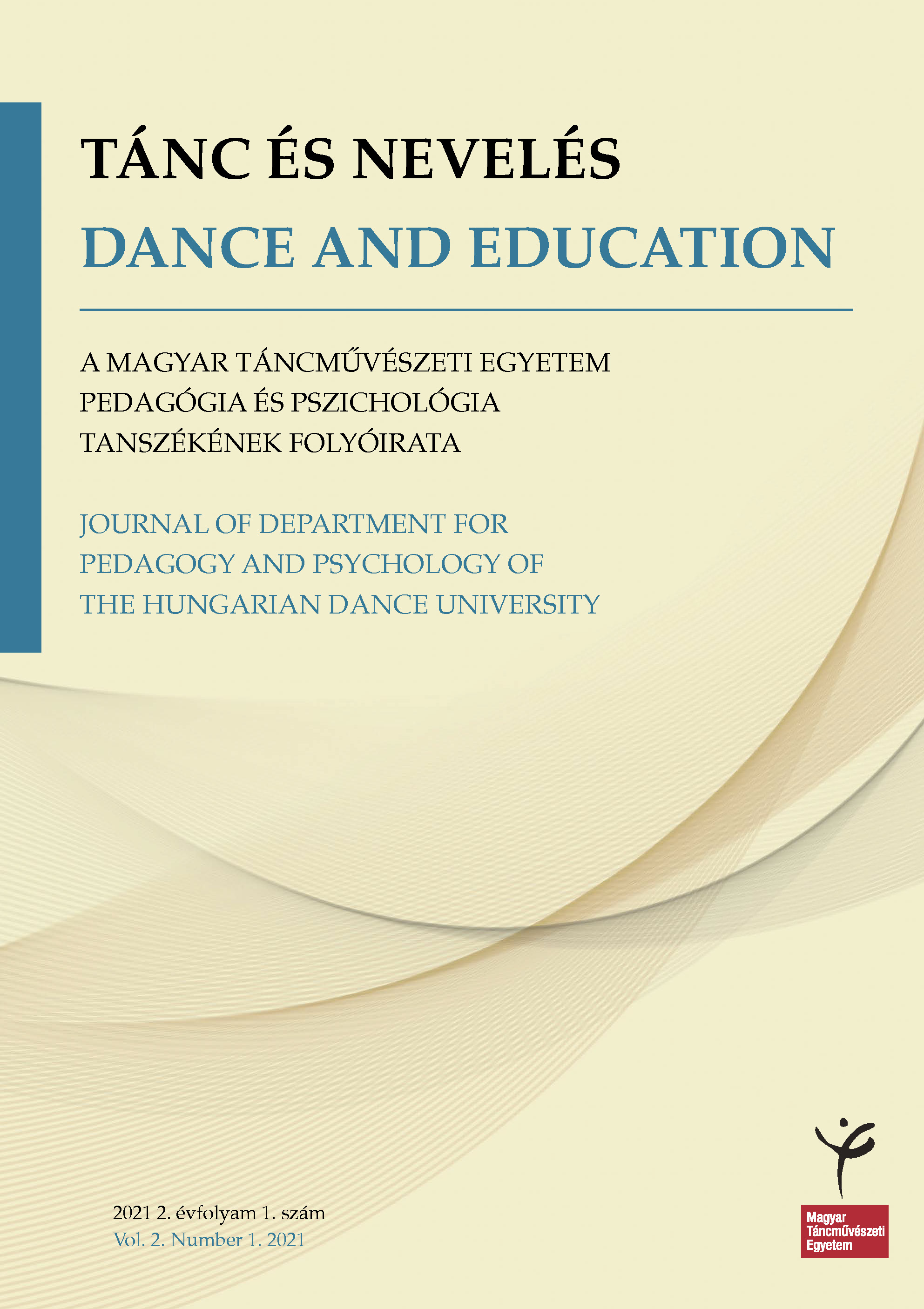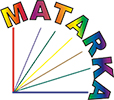Az iskolai táncok szerepe a 20. század első felében
A Fortepan képi adatbázis rituálé központú vizsgálata
Absztrakt
A huszadik század első felében a fényképezés által lehetővé vált, hogy a családok, csoportok megörökítsék a számukra fontos pillanatokat. A húszas-harmincas években egyre olcsóbb és egyszerűbb fényképezőgépek jelentek meg a piacon. Ez volt a Kodak forradalma. Az intim családi terek kinyíltak, az iskolák hétköznapjai láthatóvá váltak. A Fortepan képi adatbázis az 1900 és 1990 között készült fényképek gyűjteménye. A fénykép mint a kor kulturális lenyomata új forrásként jelent meg a kutatók számára, amellyel megfigyelőkké válhatunk egy általunk kevéssé ismert világ rejtett szimbolikus közegében. A legősibb kommunikációs médium az emberi test, így annak mozgása a térben egészen új szintre emelheti a kulturantropológiai, pedagógiai antropológiai kutatásokat. A rituálék áthatják a mindennapokat, átmenetet képeznek múlt-jelen-jövő között. Közösséget, rendet teremtenek. Az iskolai ünnepségek és táncbemutatók által pedig jól megfigyelhetőek azok a rejtett tartalmak, amelyek rendezik a társadalmi viszonyokat. A kutatás arra keresi a választ, hogy az 1920-as, '30-as években hogyan jelentek meg, és hogyan változtak az iskolai táncok a különböző társadalmi hatásokra. Ezekben milyen rituális elemek jelennek meg. Ennek bemutatására tett kísérletet a következő írás.
Copyright (c) 2021 Dorina Szente

This work is licensed under a Creative Commons Attribution 4.0 International License.







2.png)
